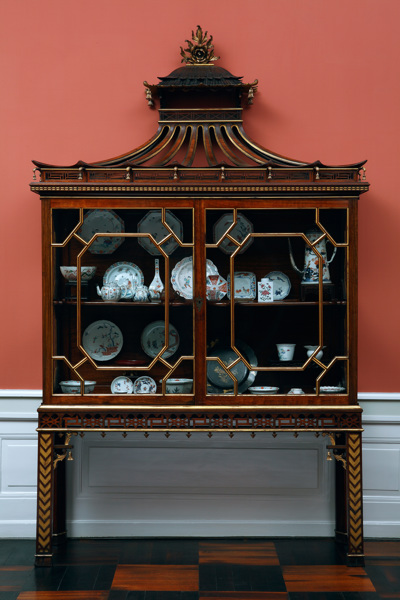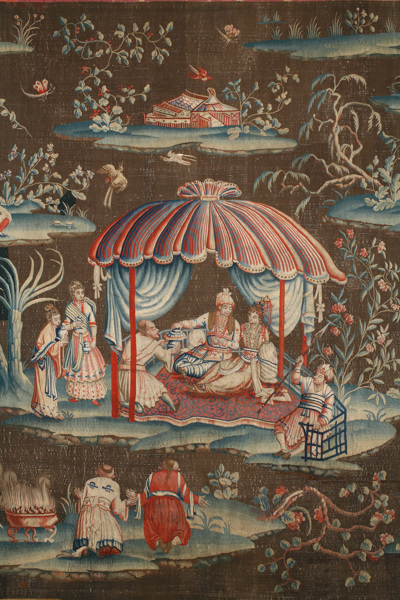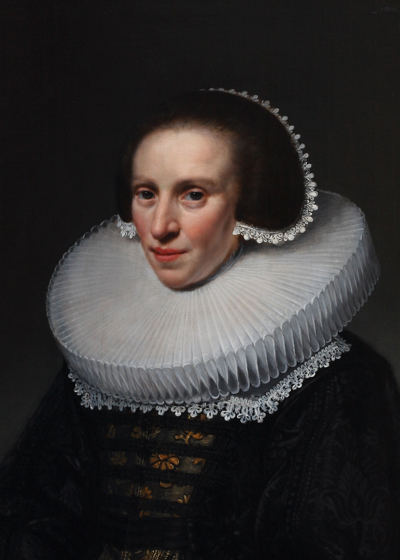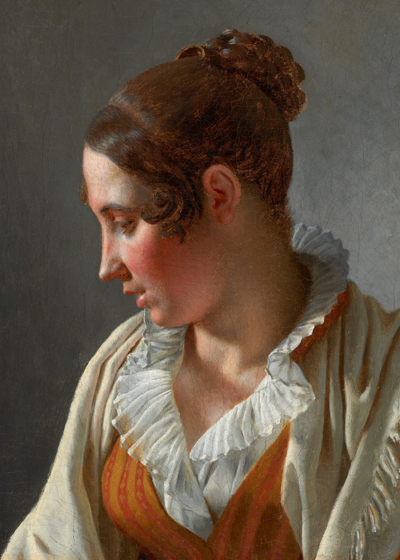European Furniture

Phenomenal craftsmanship and technical ingenuity
The museum has a fine collection of furniture from the 18th century, with special emphasis on three groups: furniture by David Roentgen, French furniture, and English furniture.
David Roentgen’s furniture, made in the family workshop in Neuwied, was acquired during his lifetime for enormous sums by the princes and kings of Europe. The pieces are finely crafted both inside and out, and in many cases are furnished with ingenious technical devices and surprising hidden compartments – a distinctive feature of David Roentgen’s work.
The fairly simple Louis Seize style prevailed in France in the decades before the revolution. Parisian cabinetmakers such as Adam Weisweiler and Jean-Henri Riesener created pieces whose fine woods, lacquer panels, and quite simple, gilded fittings had a look of restrained luxury.
In the course of the 18th century, masterfully executed woodcarving quickly became a distinctive feature of English furniture. Chippendale lent his name to an entire style thanks to The Gentleman and Cabinet-maker’s Director (1754), whose illustrations of furniture were to provide the models for work by innumerable English cabinetmakers, preferably using mahogany. Toward the end of the century, furniture and decorative art took on a lighter and more classicizing look, influenced by the work of e.g. the cabinetmaker George Hepplewhite and the architect Robert Adam.


